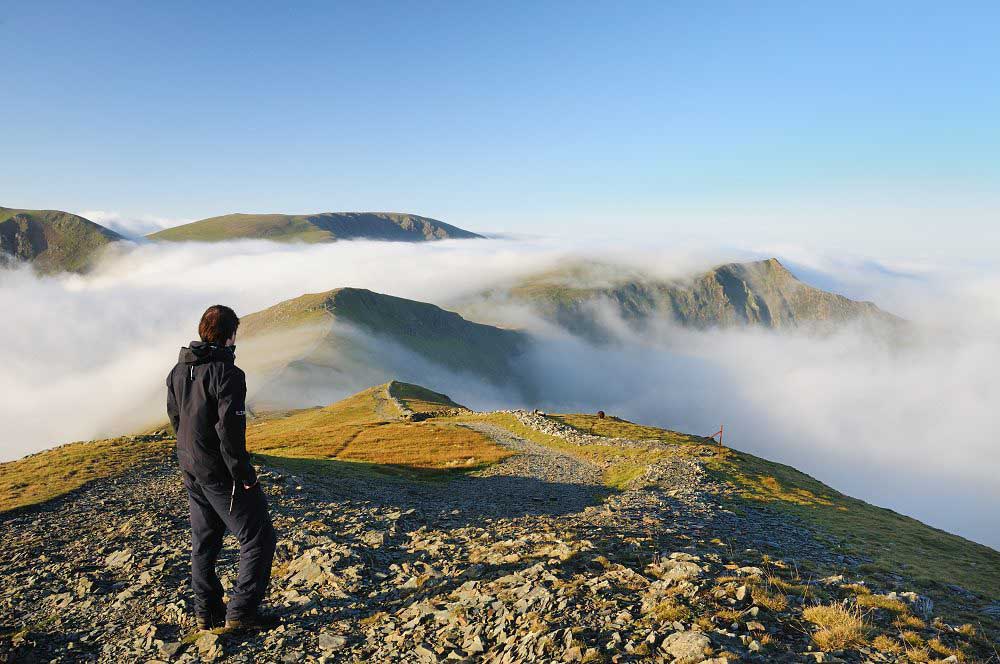Walking In The Lake District: Everything You’ll Need
21 December 2017
The Lake District’s magnificence and beauty inspired poets such as Wordsworth, so it’s no wonder that the area draws in a great many tourists and outdoor enthusiasts all year round to experience it for themselves.
If you’re a lover of the outdoors and you’re thinking about heading out into the Lake District for a walk, you’re sure to be treated to stunning views and plenty of fresh air.
One thing that is incredibly important is to be prepared. Particularly if you are heading up to the fells, conditions can be treacherous. And most people who run into difficulty do so because they did not know what to expect!
We certainly wouldn’t advise heading out in jeans and trainers unless you’re sticking to the towns. But depending upon where you plan to walk you may not need to go the whole hog with the most expensive equipment either.
With that in mind, we thought we’d put together this post to let you know everything that you may need. From clothing to equipment so that you can have a safe and enjoyable time when out walking.
Footwear
Walking boots are the most important thing of all, as the terrain can be rough, even on the footpaths. Opt for a pair of walking boots with good ankle support. And make sure you try them on with a pair of walking socks on before buying to make sure they’re a good fit. If you’re walking in the rain or in boggy areas, make sure your boots are waterproof.
Socks are also really important as without a good pair you can easily end up with blisters. Proper walking socks are designed to get sweat away from your skin. You should always avoid wearing cotton socks.
Clothing
When it comes to dressing for the occasion, layering is the key to comfort during every season. You will find that you are cooler at rest than when you are actively walking, so make sure you have an extra layer in your bag.
A breathable base layer made from synthetic materials or merino wool will help to keep you comfortable. And in the winter time, you will want to take at least one more layer to wear between your base layer and your waterproof jacket. Fleece jackets are a great choice.
A waterproof jacket is very important for keeping you dry and comfortable, as well as keeping the wind off.
Gaiters are useful if you’re likely to be walking in rain or mud. They will help to protect your boots and trousers.
Wear comfortable trousers in a material that is easy to dry. Avoid cotton and denim, as these take a long time to dry and can make you very cold if you get wet. Fitness leggings made of synthetic material that dries quickly, or walking trousers are ideal. And a pair of waterproof trousers to wear on top is a good idea in rain or snow.
Even on a warm day, once you reach the top of a mountain the wind can make for very cold conditions. So be sure to pack gloves and a hat.
Equipment
Bring a daysack or rucksack with everything you will need for the day. Opt for one with waist straps so that all the weight isn’t put on your shoulders. And try to avoid taking a bag that is bigger than you actually need.
Be sure to bring emergency snacks that are high in energy, food if you will be out walking during meal times, a warm drink, and more water than you think you’ll need.
Suntan lotion, and also sunglasses are mostly necessary in the summer months. But the winter sun can be rather harsh, so it doesn’t hurt to be prepared.
Take a fully charged mobile phone, but also bring change for a payphone or taxi should you need them as you may not always have signal when out walking. A watch is a great idea for keeping track of the time, should your phone run out of battery.
In case of emergencies, take a basic first aid kit, whistle and torch. The international distress signal is six short whistle blasts or flashes with your torch, repeated at one-minute intervals, should you need to use it.
It’s best to not rely on your GPS as this may not always work, or your phone might run out of battery. Map reading and navigation courses are a great idea if you are keen to get into walking so that you can find your way using a map and compass.
And last but not least, if you find walking poles useful then you may wish to bring a pair along.
We hope this has given you all the information you need if you are planning a trip to go walking in the Lake District soon, and be sure to check out availability at our Lake District parks here at Pure Leisure for a nice and cosy base for your outdoor adventures!


